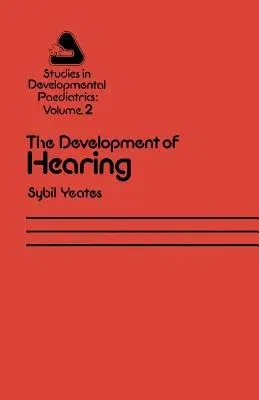S R Yeates
(Author)The Development of Hearing: Its Progress and Problems (Softcover Reprint of the Original 1st 1980)Paperback - Softcover Reprint of the Original 1st 1980, 9 March 2012

Qty
1
Turbo
Ships in 2 - 3 days
In Stock
Free Delivery
Cash on Delivery
15 Days
Free Returns
Secure Checkout
Part of Series
Studies in Development Paediatrics
Print Length
237 pages
Language
English
Publisher
Springer
Date Published
9 Mar 2012
ISBN-10
940117217X
ISBN-13
9789401172172
Description
Product Details
Author:
Book Edition:
Softcover Reprint of the Original 1st 1980
Book Format:
Paperback
Country of Origin:
NL
Date Published:
9 March 2012
Dimensions:
21.59 x
13.97 x
1.3 cm
ISBN-10:
940117217X
ISBN-13:
9789401172172
Language:
English
Location:
Dordrecht
Pages:
237
Publisher:
Weight:
281.23 gm

